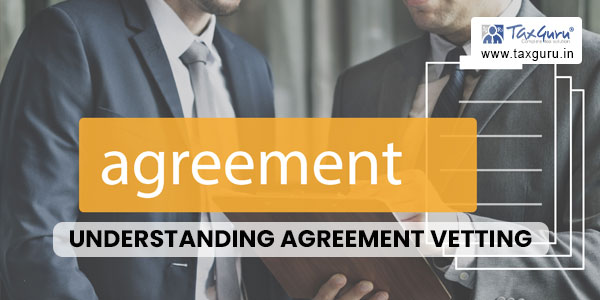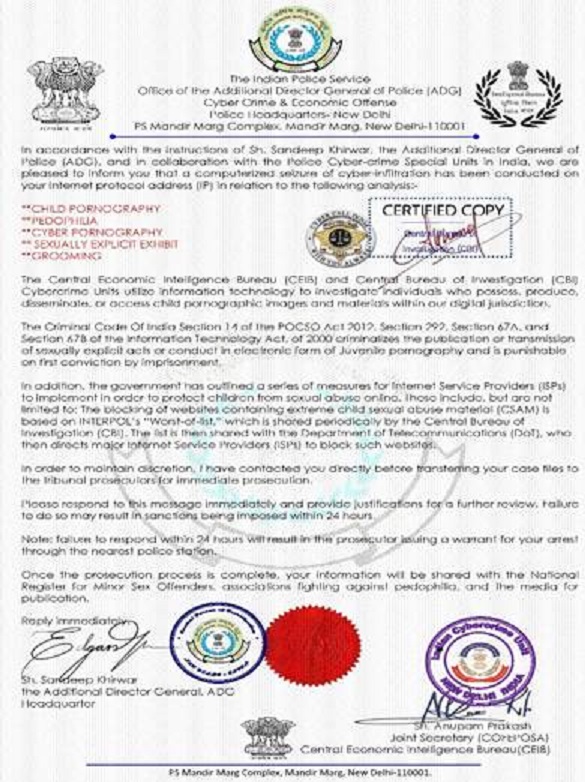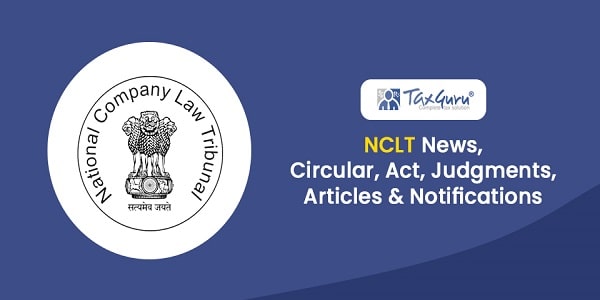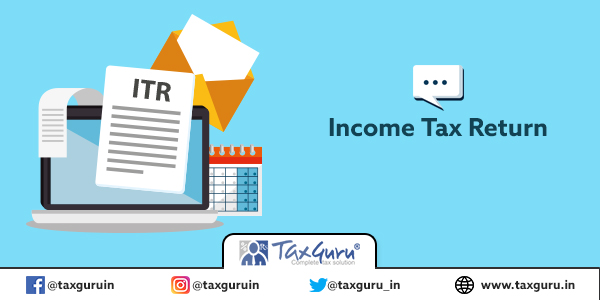“Explore the definition and importance of agreement vetting in business operations. Learn the best practices, exceptions, and consequences of ineffective agreement vetting. Understand the key steps, due diligence, and checklist for successful agreement vetting. Dos and don’ts for businesses to minimize risks and legal disputes. Stay informed about the consequences of breaching contracts, data breaches, and regulatory non-compliance resulting from ineffective agreement vetting.”
Definition of Agreement Vetting:
Agreement vetting refers to the process of reviewing legal agreements, contracts, or other legal documents before they are signed to ensure that they are compliant with relevant laws and regulations and that they align with the company’s interests and objectives. The goal of agreement vetting is to identify potential risks and issues in the agreement, so that they can be addressed before the agreement is finalized. Agreement vetting is typically conducted by legal professionals with relevant expertise and knowledge to ensure that agreements are reviewed thoroughly and accurately.
Page Contents
Importance of Agreement Vetting
Agreement vetting is important for several reasons, including:
- Mitigating Risks: By conducting a thorough agreement vetting process, businesses can identify potential risks and issues in legal agreements, contracts, or other legal documents, and take steps to address them before the agreement is finalized. This helps to mitigate the risks associated with legal disputes, breach of contract, data breaches, and intellectual property disputes.
- Ensuring Legal Compliance: Agreement vetting helps businesses ensure that their agreements are compliant with relevant laws and regulations. This is particularly important in industries that are heavily regulated, such as healthcare, finance, and technology.
- Protecting Business Interests: Agreement vetting helps businesses protect their interests by ensuring that the terms of the agreement are favorable and aligned with their objectives. This can include protecting intellectual property, ensuring confidentiality, and minimizing liability.
- Avoiding Costly Litigation: By identifying potential issues and risks in legal agreements before they are signed, businesses can avoid costly litigation and legal disputes. This can save businesses significant time and resources.
Best Practices for Agreement Vetting
To conduct effective agreement vetting, businesses should consider the following best practices:
- Establish Clear Guidelines: Develop clear guidelines and procedures for conducting agreement vetting, and communicate these to all relevant stakeholders. This should include the roles and responsibilities of different parties involved in the process, timelines for conducting reviews, and criteria for evaluating agreements.
- Involve Legal Professionals: Involve legal professionals with relevant expertise and knowledge to ensure that agreements are reviewed thoroughly and accurately. Legal professionals can help identify potential legal risks and issues, and provide guidance on how to address them.
- Review Agreements Regularly: Regularly review existing agreements to ensure that they remain compliant with relevant laws and regulations, and that they continue to align with the company’s interests and objectives. This is particularly important when laws and regulations change or when there are significant changes in the business environment.
- Keep Up-to-Date with Changes in Laws and Regulations: Stay up-to-date with changes in laws and regulations that may affect agreements. This can include changes in data privacy laws, intellectual property laws, and regulations related to specific industries.
- Conduct Due Diligence: Conduct due diligence on the parties involved in the agreement, such as vendors, partners, or clients, to ensure that they are reputable and that there are no red flags that could indicate potential issues or risks.
- Document the Vetting Process: Document the agreement vetting process, including any issues or risks identified, and the steps taken to address them. This can help ensure that the process is transparent and that all relevant parties are aware of the issues and risks associated with the agreement.
Exception in Agreement Vetting.
While agreement vetting is an important process for businesses, there may be some exceptions where it may not be feasible or practical to conduct a thorough review of the agreement. Some exceptions to agreement vetting may include:
- Emergency Situations: In emergency situations where time is of the essence, it may not be feasible to conduct a thorough agreement vetting process. In such cases, it may be necessary to prioritize the need for immediate action over the need for a comprehensive review of the agreement.
- Routine Transactions: In some routine transactions, such as the purchase of office supplies or routine maintenance services, the risks associated with the transaction may be low, and it may not be necessary to conduct a comprehensive agreement vetting process.
- Agreements with Trusted Partners: In cases where a business has an established relationship with a trusted partner, it may be possible to rely on past experience and trust to bypass a thorough agreement vetting process. However, it is important to note that even trusted partners can pose risks, and it is important to exercise caution and conduct due diligence when entering into any agreement.
- Low-Risk Agreements: In some cases, the risks associated with an agreement may be low, and a comprehensive agreement vetting process may not be necessary. For example, an agreement to purchase office furniture may pose minimal risks and may not require a thorough agreement vetting process.
Flowchart for agreement vetting
- Define the Purpose of the Agreement: Identify the purpose of the agreement, including the business goals and objectives it is intended to achieve.
- Identify Parties Involved: Identify the parties involved in the agreement, including any vendors, partners, or clients.
- Conduct Due Diligence: Conduct due diligence on the parties involved in the agreement to ensure that they are reputable and that there are no red flags that could indicate potential issues or risks.
- Review Agreement: Review the agreement thoroughly to identify any potential legal or business risks, including data privacy concerns, intellectual property issues, regulatory compliance, and other relevant considerations.
- Consult Legal Experts: Consult with legal experts to ensure that the agreement is legally sound and complies with relevant laws and regulations.
- Negotiate Terms: Negotiate any necessary changes to the agreement to ensure that it aligns with the business goals and objectives and mitigates any identified risks.
- Obtain Signatures: Obtain signatures from all parties involved in the agreement.
- Monitor and Review Agreement: Regularly monitor and review the agreement to ensure that it remains compliant with relevant laws and regulations and continues to align with the business goals and objectives.
Agreement Due Diligence and Compliance Checklist
Here is a general checklist of items that could be included in an agreement vetting process:
- Purpose: Determine the purpose of the agreement and ensure that it aligns with the business goals and objectives.
- Parties: Identify all parties involved in the agreement, including vendors, clients, or partners.
- Due Diligence: Conduct due diligence on all parties involved in the agreement to ensure they are reputable and there are no red flags.
- Terms and Conditions: Review the terms and conditions of the agreement, including payment terms, warranties, representations, and indemnification.
- Legal Compliance: Ensure the agreement complies with relevant laws and regulations, such as data privacy laws or industry-specific regulations.
- Intellectual Property: Ensure that the agreement adequately protects the business’s intellectual property rights and clarifies ownership and use of intellectual property.
- Data Security: Ensure that the agreement adequately addresses data security and privacy requirements, including data handling and data breach notification procedures.
- Dispute Resolution: Ensure that the agreement includes clear and effective dispute resolution procedures.
- Termination: Ensure that the agreement includes clear termination procedures and outlines the consequences of termination.
- Renewal: Ensure that the agreement includes clear renewal procedures and outlines the terms of renewal.
- Review and Approval: Ensure that the agreement is reviewed and approved by relevant stakeholders, including legal experts, before signing.
- Record Keeping: Ensure that a record of the agreement is kept in a secure location and that all parties involved have access to a copy of the agreement.
Essential Tips for Successful Agreement Vetting
Do:
- Identify the purpose and goals of the agreement before conducting the review.
- Conduct due diligence on all parties involved in the agreement.
- Review the terms and conditions of the agreement carefully, including payment terms, warranties, representations, and indemnification.
- Ensure that the agreement complies with relevant laws and regulations.
- Consult with legal experts to ensure that the agreement is legally sound and complies with relevant laws and regulations.
- Negotiate any necessary changes to the agreement to mitigate identified risks.
- Obtain signatures from all parties involved in the agreement.
- Regularly monitor and review the agreement to ensure that it remains compliant with relevant laws and regulations and continues to align with business goals and objectives.
Don’t:
- Rush the agreement vetting process, as this may lead to overlooked risks and issues.
- Ignore due diligence, as this may lead to entering into an agreement with parties with a poor reputation or other red flags.
- Sign an agreement without consulting legal experts or relevant stakeholders, as this may lead to legal or financial risks.
- Assume that all agreements are the same, as each agreement may have unique risks and considerations.
- Neglect the importance of record-keeping, as this may lead to difficulty in locating and referencing the agreement in the future.
- By following these dos and don’ts, businesses can help ensure that their agreement vetting process is effective and comprehensive, minimizing potential risks and issues that may arise from poorly vetted agreements.
Consequences of Ineffective Agreement Vetting:
The consequences of ineffective agreement vetting can be significant and may include:
- Legal Disputes: Ineffective agreement vetting can lead to legal disputes, which can be time-consuming, costly, and damaging to a company’s reputation. Legal disputes may arise when there are misunderstandings or disagreements about the terms of the agreement, or when one party breaches the terms of the agreement.
- Breach of Contract: Ineffective agreement vetting can increase the risk of breach of contract, which occurs when one party fails to comply with the terms of the agreement. This can result in financial losses, damaged relationships, and legal disputes.
- Data Breaches: Ineffective agreement vetting can increase the risk of data breaches, which can result in significant financial losses, reputational damage, and legal liability. Data breaches can occur when agreements fail to adequately address data security and privacy requirements.
- Intellectual Property Disputes: Ineffective agreement vetting can increase the risk of intellectual property disputes, which can be costly and time-consuming. Intellectual property disputes may arise when agreements fail to adequately protect a company’s intellectual property, or when there are disagreements about ownership or use of intellectual property.
- Regulatory Non-Compliance: Ineffective agreement vetting can result in regulatory non-compliance, which can lead to fines, penalties, and legal liability. Regulatory non-compliance may occur when agreements fail to comply with relevant laws and regulations, such as data privacy laws or industry-specific regulations.
Conclusion
In today’s complex business environment, agreement vetting is an essential practice for ensuring legal compliance and mitigating risks. By establishing clear guidelines and involving legal professionals, businesses can protect their interests and avoid costly legal disputes.
*****
Disclaimer: This article provides general information existing at the time of preparation and author takes no responsibility to update it with the subsequent changes in the law. The article is intended as a news update and author neither assumes nor accepts any responsibility for any loss arising to any person acting or refraining from acting as a result of any material contained in this article. It is recommended that professional advice be taken based on specific facts and circumstances. This article does not substitute the need to refer to the original pronouncement.





























